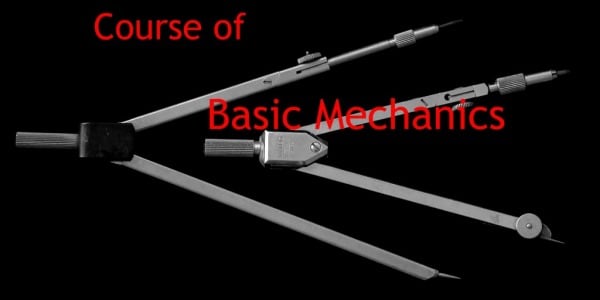
NEW Basic Mechanics course
Are you a teacher or do you work as an engineering researcher? EDIBON offers courses for teachers and #research staff. Take a look at the course Basic Mechanics and learn about #forces and(...)
Read moreMechanical engineering is the application of physics to the elements that surround us to improve existing mechanical devices or create new ones. Since it is based on physical principles, its origin goes back to the origin of those principles and its development is closely linked to the advances in mechanics. Nevertheless, it was not until the invention of the steam engine that it became one of the pillars of the development of the industry.
View moreThe Industrial Revolution of the seventeenth century took place as a result of the creation of this device. From that moment, with the contributions of scientists and engineers as important as Watt, Stephenson, Tesla or Rankine, an unprecedented renewal of both concept and development of new machines began.
The concept of industry, as it was known till that moment, changed with the development of those machines. Mass production was implemented, machine designs were improved and, consequently, the range of production processes increased, resulting in an unthinkable variety of new products adapted to the needs of society.
Within the mechanical engineering, it is worth mentioning the following fields of study and application:
At present, any industry, from food to aerospace, must be at the highest level of technological innovation. Therefore, research and development of new devices is particularly important to always have the latest technology and to be at the level required by the industry 4.0.
View Products